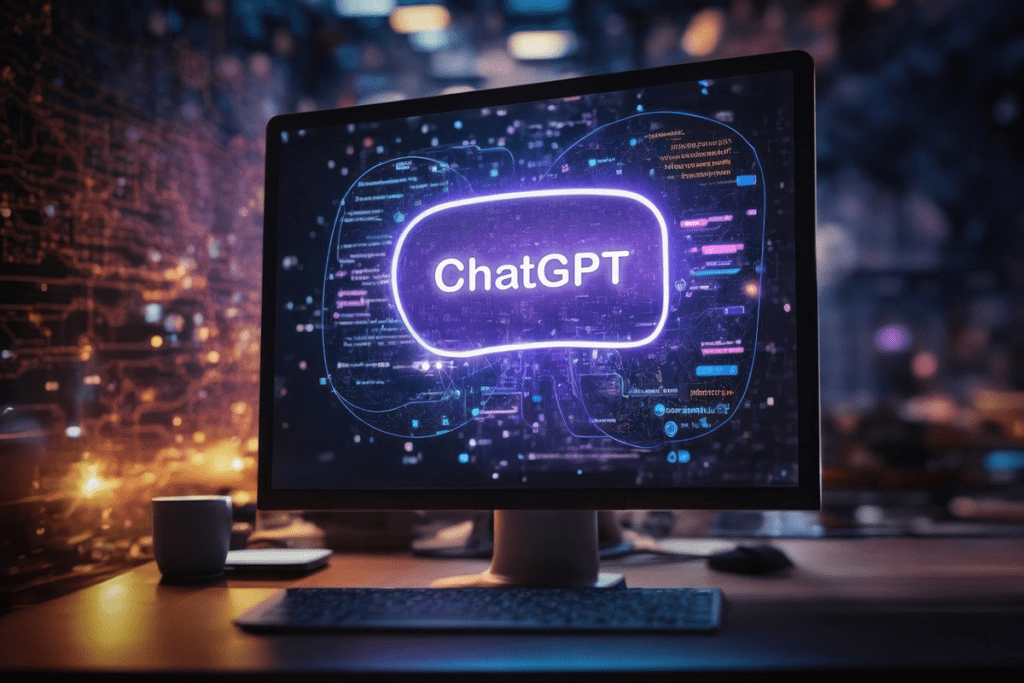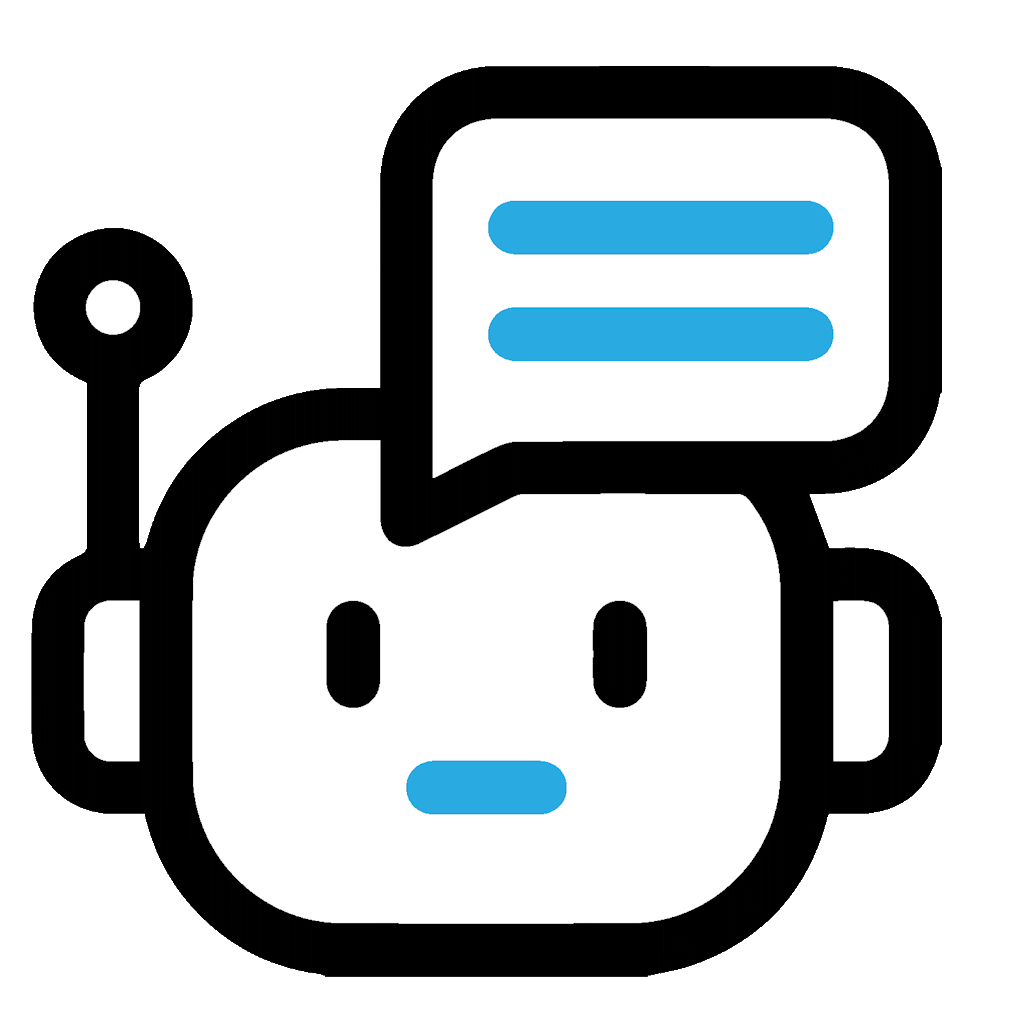With the introduction of ChatGPT and similar artificial intelligence (AI) content generators, students increasingly use AI-generated content in their research, papers, and AI in the classroom. The AI assists students and speeds up the research process. It provides you with the relevant answer, bypassing the long and hectic research process.
Research requires you to read a bundle of papers to find the answer to a single question. Here, AI research assistants will provide you with that answer within seconds. This saves time, energy, and significantly cut the cost. The reason for the rise of AI technologies and machine learning in medical schools is its improved performance and enhanced productivity.
However, the question of whether medical schools check if you use AI in your paper is valid. A number of academic institutions and medical schools have the best AI detection tools in place to highlight the content that is generated using AI. They highly discourage the use of AI in their academic research process and papers. This is to maintain originality, academic integrity, and, most probably, to promote learning.
Don’t worry. We have the best methods to bypass AI detection and make your text sound like a human while following ethical considerations.
AI Use in Medical Education
AI use in medical education is changing how students learn. It provides better tools for research, diagnosis, and study. It also raises worries about academic honesty and ethics.
- AI writing assistants: AI writing assistants are popular tools for medical students. These programs help students with their writing. They can suggest better words and find grammar errors. This saves time and improves the quality of their work.
- Diagnostic tools: Diagnostic tools are important in education, too. These tools look at symptoms and suggest diagnoses. Students can use AI to practice their diagnostic skills. This makes learning more fun and practical.
- Educational platforms: Educational platforms also change medical education. These platforms give personalized learning experiences. They adjust lessons to fit students’ needs and speed. This helps students understand ideas better.
There are worries about using AI. One big worry is about academic honesty. Students may depend on AI too much and not build their critical thinking. There is also a fear of cheating. Some students might use AI to finish assignments unfairly, or they are sometimes falsely accused by AI detectors.
Benefits of Using AI in Medical Research
These benefits show how important AI is in improving medical research, patient care, and finding new treatments.
1. Faster Data Analysis: AI programs can work with a lot of medical data fast. They help researchers get insights quickly. This fast work makes research go faster, from testing ideas to clinical trials.
2. Better Diagnostic Accuracy: AI can look at medical images, genetic data, and patient histories very well. It can find patterns that humans may not see. This helps doctors find diseases earlier and give more accurate diagnoses, which improves patient care.
3. Pattern Recognition in Large Datasets: Medical research often uses large datasets. These datasets can include electronic health records or genomic data. AI is good at finding patterns, correlations, and trends in these datasets. This helps researchers find new relationships between medical conditions, treatments, and outcomes.
4. Personalized Medicine Development: AI can look at genetic information and treatment responses. This helps researchers make personalized medicine strategies. By knowing how patients respond to treatments, AI helps create better treatment plans.
5. Reduction of Human Error: AI systems have fewer mistakes than humans. Humans can make inconsistencies and errors when they handle data. AI can automate data processing and analysis. This reduces human error in research. It leads to more reliable results.
6. Innovative Drug Discovery: AI is changing how people find new drugs. It can predict how different compounds work with biological systems. This technology can find good drug candidates quickly. It can lower the costs of drug development. It can also shorten the time to bring new treatments to people.
7. Enhanced Predictive Modeling: AI can make complex models. These models can predict disease progression or treatment effectiveness. These models help researchers make better plans for prevention and management.
8. Automation of Repetitive Tasks: AI can take over repetitive tasks in research. This includes data entry, image analysis, and looking at medical literature. This lets researchers spend time on more creative tasks. It can increase productivity.
Policies and Guidelines of Medical Schools
Medical schools look at their rules about AI. Some schools have strict honor codes. These codes encourage honesty and integrity among students. They can punish students who use AI unethically. Other schools have guidelines for responsible AI use. They tell students to use AI carefully as a tool.
Not all medical schools use AI in the same way. Some schools have strict rules about how to use it. These schools want to keep high ethical standards. Other schools are more relaxed about AI. They allow students to explore AI without any limits. This helps balance learning with ethical issues.
Detection Methods Used by Medical Schools
The talk about AI in medical schools continues. Schools must find good ways to use technology. They also need to keep academic honesty. It is very important to create responsible users of AI in the future doctors.
- Plagiarism Checker: Medical schools have many tools to find AI use among students. Plagiarism checkers are a common first step. These tools find copied work in students’ papers. When students use AI to make text, the risk of plagiarism goes up. Schools want work that is original. Schools want students to think by themselves.
- AI Detection Tool: AI detection software is now very popular. This software finds patterns that are common in AI-made content. It looks for strange phrases or sentence forms. Schools use this technology to keep academic standards high. They want to make sure students are learning well.
- Training and Workshops: Training teachers is very important too. Medical schools have workshops to help teachers learn. These workshops show how to use AI tools for teachers. Teachers learn to notice signs of work that are not original. Well-informed teachers can help students use AI in a good way. They can guide students on the right path.
- Accountability Measures: Schools often set clear rules about AI use. These rules explain what is acceptable. Students must understand why originality is important. They must know the problems with using AI tools too much.
If you are interested in learning more about which tool is more accurate, read our comprehensive comparison of Grammarly Vs. AI Checking. These are the two major tools that most of the academics use.
Implications for Medical Students
The use of AI in schools raises big ethical questions that students must think about carefully. AI can help students study and finish their tasks. However, using AI too much can hurt the learning process. If students use AI in the wrong ways, they may get serious penalties. These penalties can include failing grades and getting in trouble. Such punishments can affect a student’s future education and career. In fields like medicine, being ethical and responsible is very important. The consequences can be even worse in these areas.
It is important for students to learn how to use AI without being caught at school. Employers, especially in healthcare, value honesty, critical thinking, and the ability to solve problems. Using AI too much can give a bad impression to employers. It can suggest that a student does not care about personal growth and skill development. Medical schools know about these worries as they want to train professionals who think critically and act honestly. Therefore, students must be careful about how they use AI in their studies. They should make sure that AI helps them learn and grow instead of taking over their learning.
How to Bypass AI Detection Ethically
In schools and workplaces today, AI detection tools are very advanced. This makes it important to use them ethically. Students and professionals should not rely only on AI-generated content. They must work on their writing to meet human standards. This way, they can keep academic honesty while also using AI tools effectively. The key is to change AI-generated text so it passes detection but still feels real and original.

Easy AI Checker
This tool provides an easy way to find AI-generated content. It scans and finds parts that look like they come from a machine. Then, it helps users change their work to sound more natural. Easy AI Checker allows users to make changes. This helps to meet human-like writing standards. The tool ensures that the final output is good for academic and ethical standards. It helps users to avoid problems. It makes sure their content can pass academic checks.
1. Strong AI Detection: Strong AI detection tools use algorithms to find text patterns. These patterns show if the content is from AI. The systems can spot differences in tone, style, or structure. This helps users change their work if needed. Using these tools helps writers follow academic and professional writing rules. It also helps them to be ethical. These detection systems are important for avoiding penalties in academics.
2. Humanize AI-generated content up to 100%: To humanize AI-generated content is to change machine text. The goal is to make it look like human writing. This process includes changing how complex sentences are, selecting the right words, and improving the flow. By making AI output more personal, users can reach academic standards. They can also benefit from AI in an ethical way. This keeps the content original and follows ethical guidelines.
3. The Fixed Content Sounds Human-Written: The fixed content should sound like it is written by a human. It should have a natural flow and clear ideas. By working on structure and tone, writers can make AI text pass checks from humans and machines. This practice keeps academic integrity. It avoids risks like plagiarism and automated detection.
4. Ethically Fulfills the Academic Criteria: By humanizing and improving AI-generated content, users can meet academic criteria. This is done using AI without being unethical. This approach helps students and professionals meet school requirements. It also helps to prevent plagiarism. It is a smart way to use AI. It increases productivity while keeping ethics and originality intact.
5. Bypass the Strongest AI and Plagiarism Checkers: Using AI and plagiarism checkers can be hard for users. They need to change the text made by AI. By changing the content, users can avoid being found out. This keeps the work original. This way helps avoid being detected. It also helps with good writing ethics. This means the final work is real and professional.
It is important to know how AI detectors work to get to the root cause and address the issues.
Future Trends and Considerations
Medical students have their own challenges with AI. They need to mix technology with learning in a traditional way. This mix is important for their school and future work.
AI is changing education fast. More students are using it in their studies. Schools need to follow these changes. AI tools can help students learn. It can also make studying more exciting and interactive. This change will also bring new problems and chances for medical schools.
Medical schools will probably update their rules soon. They will need clear rules about using AI tools. These rules must help with honest usage. Schools must handle concerns about cheating. As AI gets more popular, schools must change their rules. They want to keep learning, honestly. They should teach students the right way to use AI. This change will help future doctors be ready.
Finding balance in using AI is very important. Schools should help students use AI in the right way. They should also highlight the need for personal work in learning. AI can help learning, but students must think for themselves. This is important for building thinking and solving problems. If students depend too much on AI, it can harm these skills. Schools must make spaces for students to grow independently while using technology.
AI can help shape future doctors. This technology has much potential for medical education. It can make learning faster and more personal. However, schools must build a base of ethics. They must promote the responsible use of AI tools. This balance will prepare future doctors for real-world challenges. AI can help them, but human judgment is very important.
Conclusion
Ongoing talks about AI in medical education are necessary. Students, teachers, and policymakers must discuss the role of AI. They should think about how it affects learning. Only with open talks can schools find the right way. The future of healthcare depends on how well we use AI. By using technology carefully, we can create better healthcare professionals.
Using AI in schools or jobs needs a careful balance. This balance is between using technology and keeping ethical standards. These free AI writing tools can have big benefits, like making work more efficient and improving writing quality. However, if people rely too much on AI content without fixing it, they can face serious problems. These problems can include academic penalties and lost professional reputations. It is important to understand that while AI can be a helpful tool, human input and ethical thinking must come first.
By using tools like AI checkers and strong detection systems, users can improve AI content. This helps meet the best standards of originality and authenticity. Changing content ethically makes sure it follows academic or professional rules. It also helps avoid detection by advanced plagiarism systems, like Grammarly and Turnitin. In the end, using these practices lets users benefit from AI responsibly. It helps them keep both integrity and quality in their work.

